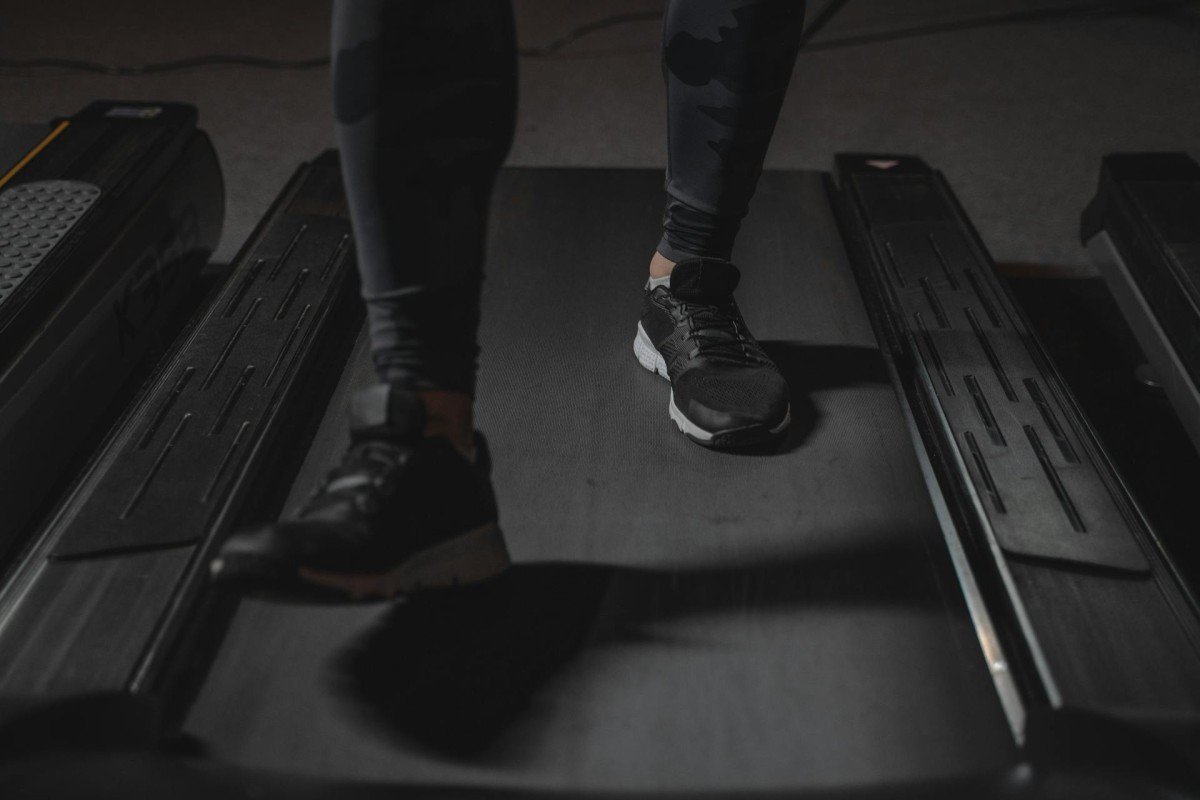Treadmills are one of the most popular fitness machines used for running, walking, and interval training. However, many users often wonder: How accurate are treadmills on distance? Understanding how treadmills calculate distance, speed, and calories burned can help you optimize your workouts and track your progress more effectively.
This guide will explore the accuracy of treadmill distance tracking, factors that affect accuracy, and ways to improve measurement precision for a better workout experience.
How Do Treadmills Measure Distance?
Treadmills calculate distance based on belt revolutions rather than GPS tracking or stride length.
Formula for Distance Calculation:
-
Distance = Number of belt rotations × Belt length
-
Example: If the belt is 3 meters long and completes 200 rotations, the total distance covered is 600 meters (0.6 km).
Are Treadmills Accurate for Distance?
1. High-Quality Treadmills Offer Better Accuracy
-
Commercial gym treadmills tend to be more accurate due to better sensors and calibrated belts.
-
Budget treadmills may have inconsistencies in speed and distance tracking.
2. Speed Settings Affect Accuracy
-
Most treadmills are more accurate at steady speeds (e.g., 5-10 mph).
-
At higher speeds, the belt may slip slightly, leading to minor discrepancies.
3. Incline Settings Can Impact Distance Readings
-
Distance tracking on flat terrain is generally accurate.
-
Inclined running may cause slight variations in distance measurement, depending on the treadmill model.
4. Calibration Affects Measurement Precision
-
Over time, treadmills may require recalibration to maintain accuracy.
-
Regular maintenance ensures the belt moves consistently with motor speed.
Factors That Can Affect Treadmill Distance Accuracy
| Factor | Effect on Distance Accuracy |
|---|---|
| Belt Slippage | Underestimates distance due to inconsistent movement. |
| User Weight | Heavier users may cause slight resistance changes, affecting accuracy. |
| Treadmill Age | Older machines may lose calibration over time. |
| Speed Variations | Rapid changes in pace can alter belt movement readings. |
| Incline Level | Some treadmills adjust distance based on incline, while others do not. |
How to Improve Treadmill Distance Accuracy
1. Regularly Calibrate Your Treadmill
-
Check the user manual for calibration instructions.
-
Run a manual distance test by comparing treadmill readings to a GPS tracker or running app.
2. Use External Fitness Trackers for Comparison
-
Wear a GPS running watch or foot pod sensor to cross-check treadmill data.
-
Compare results with outdoor running to spot discrepancies.
3. Keep Your Treadmill in Good Condition
-
Ensure the belt tension is correct and properly lubricated.
-
Schedule routine maintenance to prevent measurement errors.
4. Pay Attention to Stride Length Adjustments
-
Some treadmills adjust distance based on user stride length, while others use fixed belt measurements.
-
If available, input your height and stride length for better accuracy.
Treadmill vs. Outdoor Running: Distance Accuracy Comparison
| Factor | Treadmill Running | Outdoor Running |
| Distance Accuracy | Relies on belt rotation | Uses GPS tracking |
| Weather Conditions | No external impact | Wind and terrain affect pace |
| Incline Variation | Adjustable but controlled | Natural variations in elevation |
| Energy Expenditure | Less resistance than outdoor | Higher due to wind and surface changes |
Should You Trust Your Treadmill’s Distance Readings?
While treadmills provide a good estimate of distance, minor variations are normal. For competitive runners or those tracking precise mileage, using a GPS tracker or external foot pod can help verify accuracy.
Understanding Treadmill Distance Accuracy
Treadmills are generally accurate for distance tracking, but several factors, such as belt calibration, incline, and speed variations, can affect precision. To ensure the most accurate treadmill distance readings, perform regular calibration, compare with fitness trackers, and maintain your treadmill properly.



